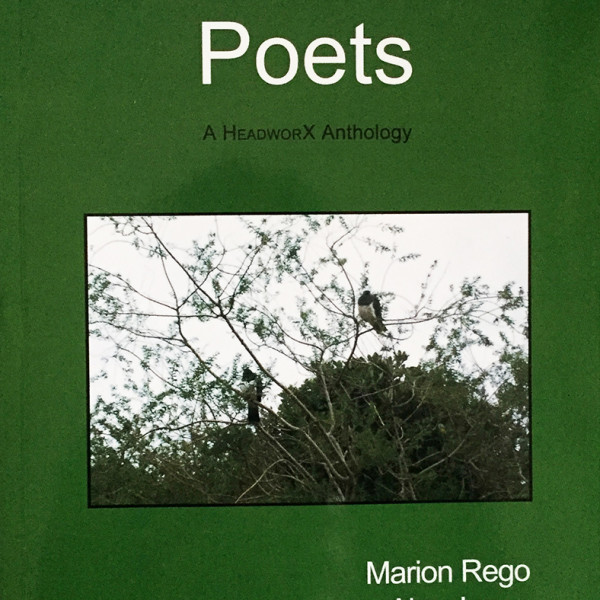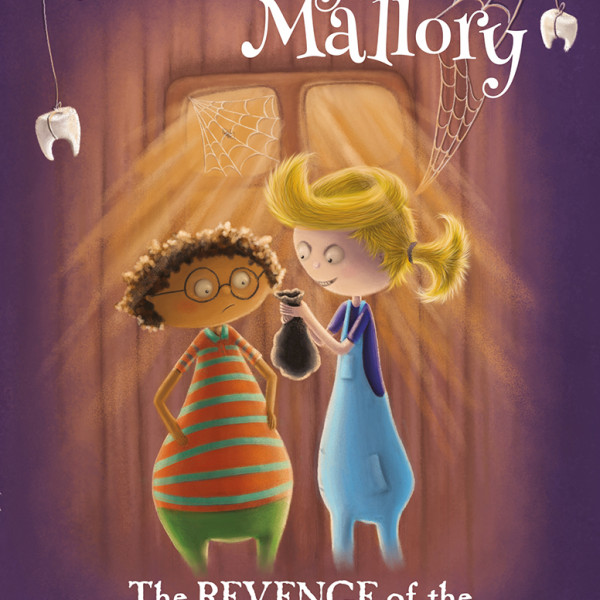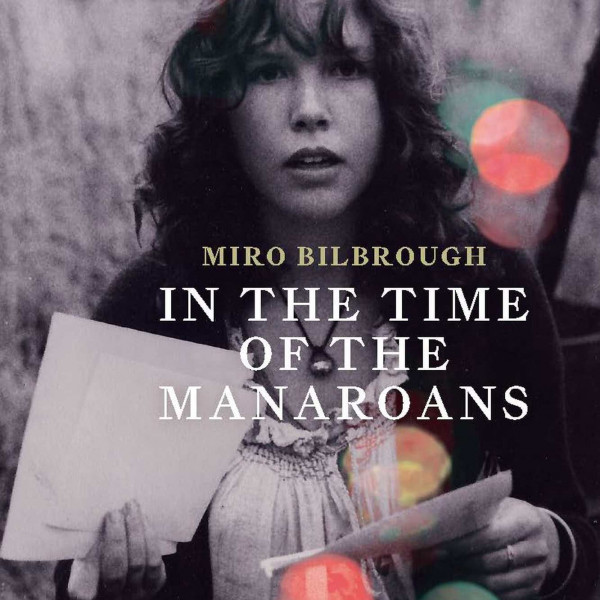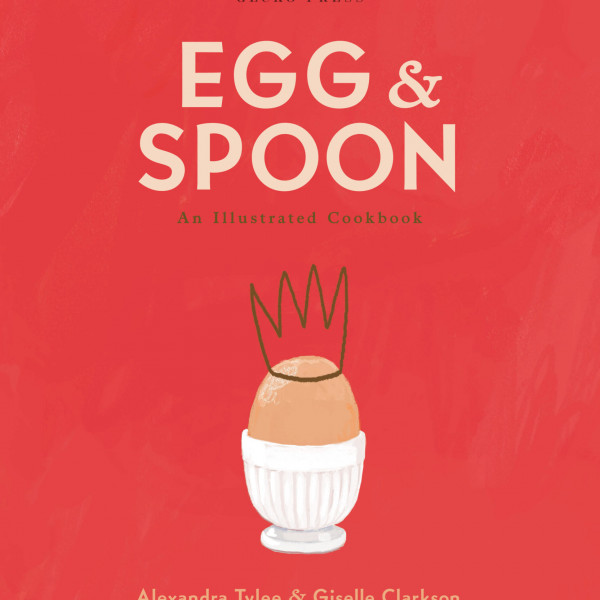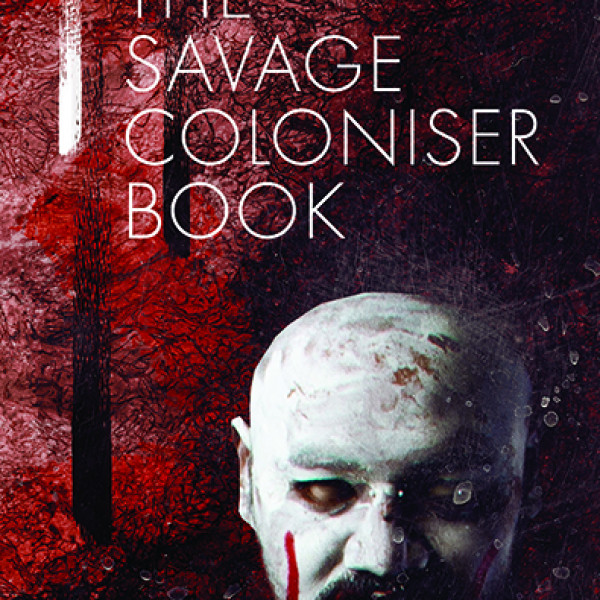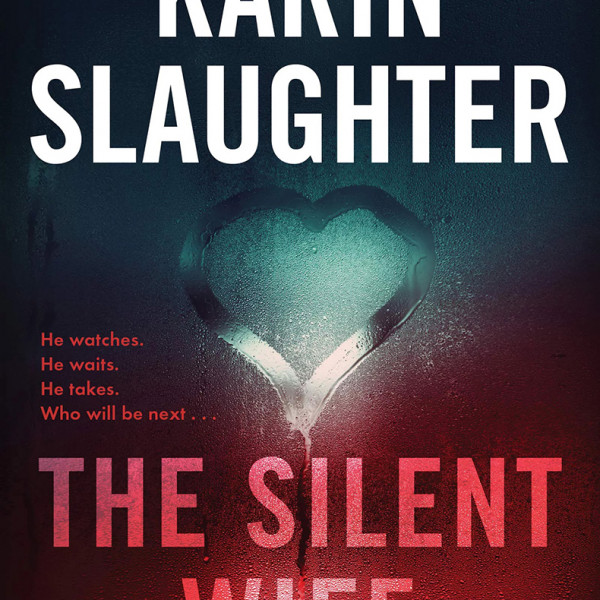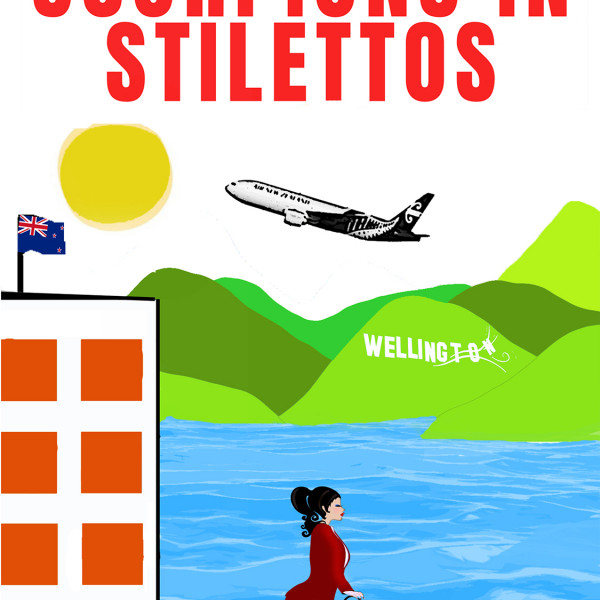
Scorpions in Stilettos
Written by: Hinemura Ellison & Ted Hughes
Bach Doctor Press
Reviewed by: Anne Taylor
This is the third book in a trilogy by Waikanae-based publishing duo Darin Dance and Virginia Innes-Jones, writing here under pseudonyms. It follows Clara James, an impulsive go-getter piecing together how past traumatic events have derailed her life and escaping corporate life in Wellington – a life she’s just exploded by having an affair with a married judge.
I was looking forward to some light relief at this point in the year but my read got off to a bad start with a missing comma in the dedication – the serious kind that messes with meaning. Unfortunately, glaring typos and grammar glitches are frequent, and this was a major barrier for me. The dialogue is at times stilted as it tells the reader key information. I only have a sketchy mental picture of Clara and none of her friends (strange in the romance genre?), but I know she carries a “hobo bag” because the authors told me multiple times. Clara’s mother and boss are simplistic villains, paper cut outs for Clara to sling off at. There were some funny moments but probably not in the way the authors hoped, as with the poems lifted straight out of Clara’s journal or when she hears the news of the possibly fatal (for her friends) earthquake, then a few pages later is shooting the breeze over bubbles with a dishy flight attendant. At one point it looks as if Clara is going to bust open a shady property deal and/or solve a murder, but these subplots trail off into oblivion.
On the positive side, the Wellington setting, complete with Astoria Café, Ministry offices, and train commutes to the coast is refreshing, and Clara’s challenges are relatable and passionately portrayed. On balance, the raw, ‘heart-on-sleeve’ style is one of the strengths. Like its main character, this book has pace and chutzpah, and the authors have storytelling talent, zipping us from Wellington to Kathmandu and Sweden, but the standards of crafting I’d hope to find in any genre, including romance, are not there.



